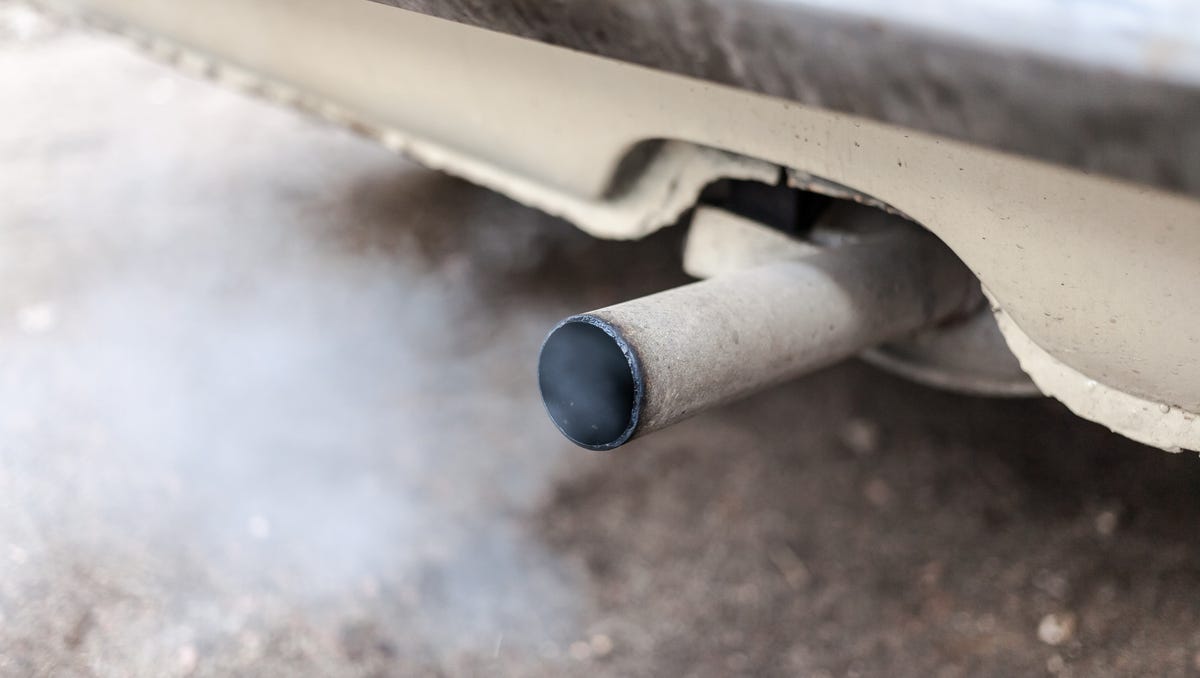Elevated levels of black carbon, a factor in cancer risk and climate change, were found in several towns and cities in Mississippi, according to a recently released study.
Jackson had the highest levels, with Hattiesburg coming in at a close second.
University of Mississippi faculty members Courtney Roper, assistant professor of environmental toxicology, and Hang Nguyen, postdoctoral research associate, conducted the study.
Their research concluded that black carbon concentrations in several Mississippi towns and cities exceed health recommendations set by the U.S. Environmental Protection Agency.
What is black carbon?
Black carbon particles are small air pollutants and is better known as soot.
The particles are often visible and derive from common activities including driving a car and burning wood. They can also come from manufacturing processes and burning fossil fuels.
“A good example would be a construction vehicle or a large truck that emits black smoke,” Roper said. “A large part of that would be classified as soot. It is one of thousands of different parts of air pollution.”
Black carbon is released from incomplete combustion during those processes.
High rates in Mississippi cities
Here are the cities, in order from highest to lowest concentration, in which the black carbon levels were above the cancer risk threshold:
- Jackson
- Hattiesburg
- Pascagoula
- Gulfport
- Hernando
- Grenada
What does this all mean?
Black carbon is a potential cancer risk and can easily get into the respiratory system.
It is a component of PM 2.5 air pollution. Prolonged exposure to PM 2.5 air pollution is linked with approximately 4 million deaths around the globe yearly.
Mississippians are already at a high risk for cancer. It is the second leading cause of death in the state. One in every five deaths in Mississippi is attributed to cancer.
Mississippi on average reports 16,000 new cancer cases each year and an average of 6,500 people die of cancer yearly, according to the Mississippi State Department of Health.
Black carbon also contributes to climate change. Because black carbon is made of black particles, they absorb solar radiation, increasing heating in the atmosphere.
Idea for the study
Nguyen and Roper wanted to investigate the potential human health effects of black carbon. There have been studies in the past on its potential health implications, but there is still a long way to go, Roper said.
Black carbon data is not regulated by the Environmental Protection Agency and most states do not consistently report black carbon concentrations.
Until more data and studies come out, it is difficult to tell just how extreme the levels are in Mississippi compared to other states.
However, Nguyen and Roper did find that even in Mississippi’s rural areas, the black carbon levels matched large urban cities such as Atlanta. Those finding went against Nguyen and Roper’s predictions that they would find significant drops in rural communities.
One reason for the elevated rural concentrations may be due to the mobile nature of air pollution.
“Even though air pollution may be emitted in an urban area, that doesn’t preclude those pollutants from traveling to less populated areas,” Roper said.
Roper said she hopes to conduct more studies in the near future to collect more data.
Nguyen and Roper’s study uses data from 2013 and 2014. The delayed data is due to several factors. The filters that collect the particles for study come from the Mississippi Department of Environmental Quality, which often has a six-year lag between collecting and releasing data.
Roper said it’s hard to say for sure whether more recent samples will have the same black carbon levels as the old samples, but she expects they will still contain elevated concentrations.
What you can do
So, what can the average Mississippian going about their day do with the information?
The main recommendation, Roper said, is to understand the risks of black carbon and other air pollutants, especially in vulnerable populations.
“Like anything in the environment, there are potential risks that something may be harmful,” Roper said. “On a day-in, day-out basis, there may not be a health risk, but there are times where air pollutants are elevated.”
If you are in a vulnerable population, Roper recommended checking the air quality index for your area before going out. Vulnerable populations include children, pregnant women, elderly adults and individuals with heart and lung diseases, according to the EPA.
The air quality index can easily be found on most smartphones. On an iPhone, the index is included on the Apple weather app under the 10 day forecast.
Got a news tip? Contact Mary Boyte at [email protected]

Dr. Debi Johnson is a medical expert and health journalist dedicated to promoting well-being. With a background in medicine, she offers evidence-based insights into health trends and wellness practices. Beyond her reporting, Dr. Debi enjoys hiking, yoga, and empowering others to lead healthier lives.






/cdn.vox-cdn.com/uploads/chorus_asset/file/25429040/Screenshot_2024_05_01_at_12.58.42_PM.png)

